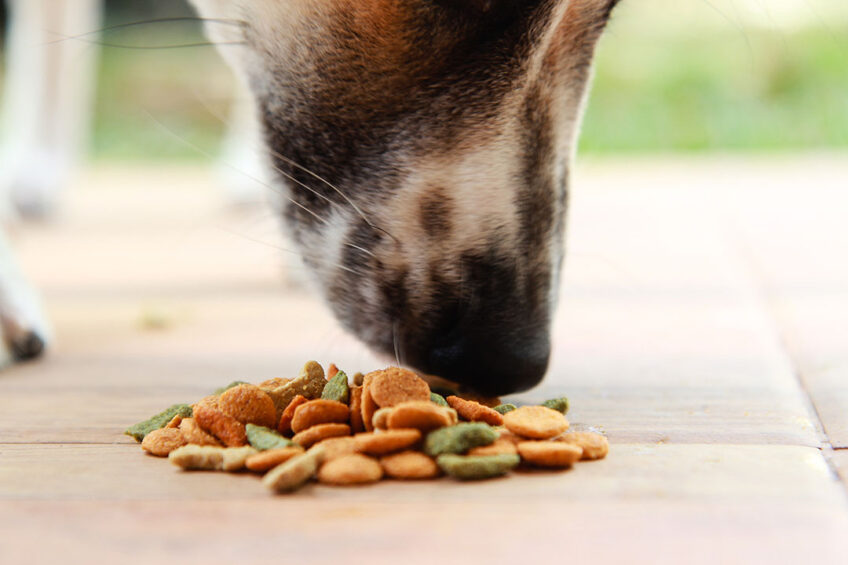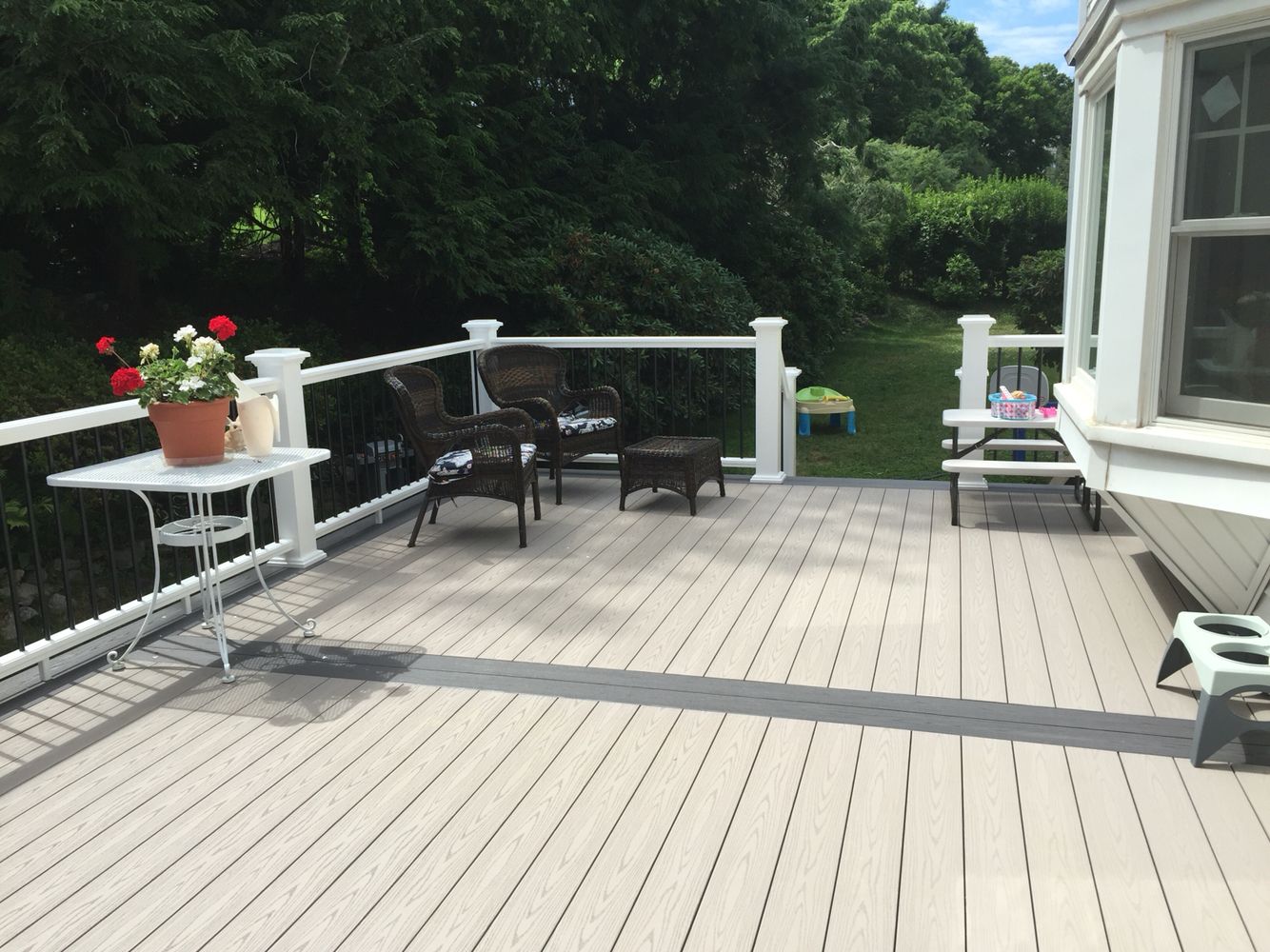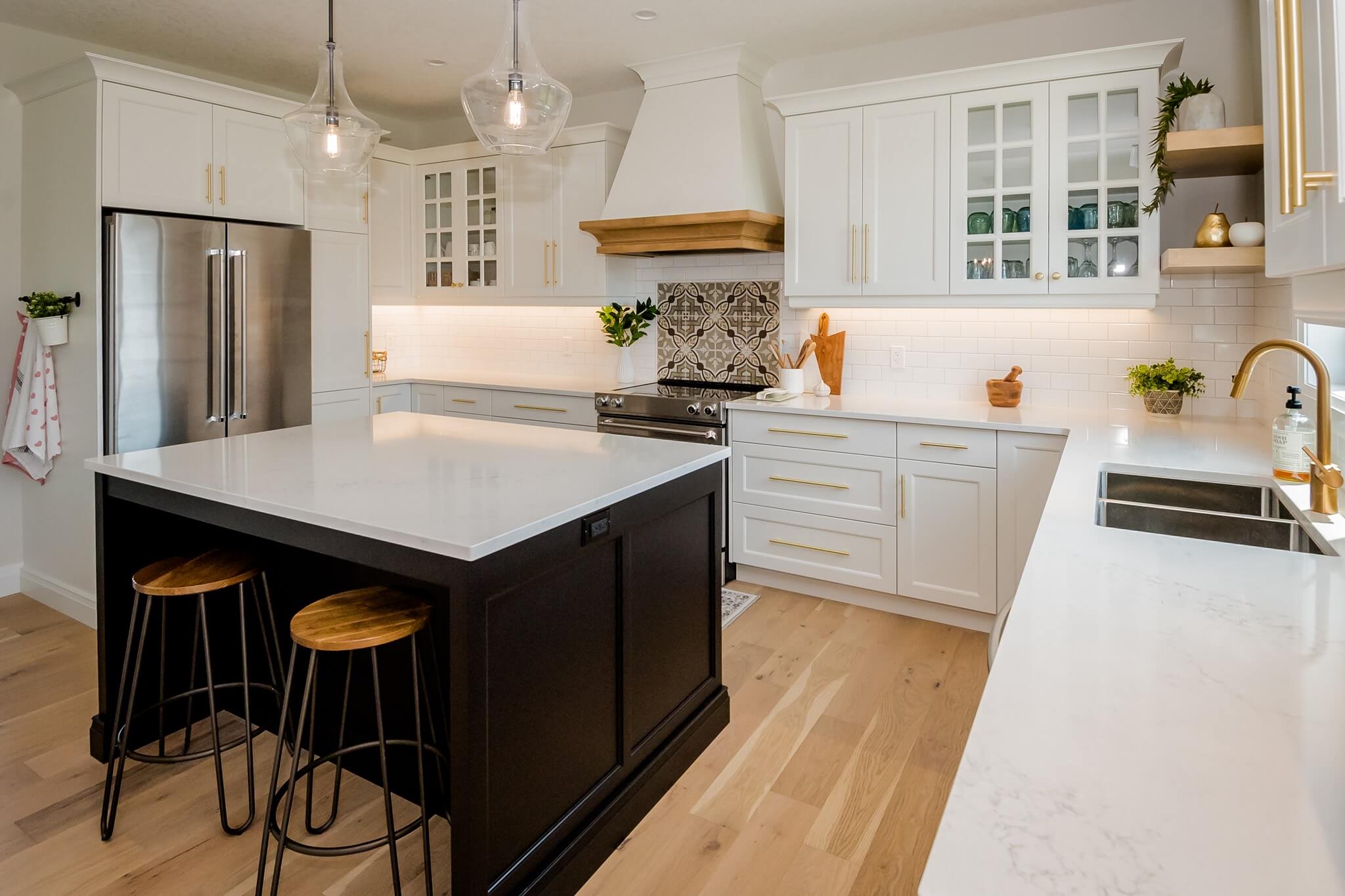Key Takeaways:
- Basement water damage can lead to structural issues and unhealthy living environments due to mold and mildew growth.
- Poor drainage, foundation cracks, hydrostatic pressure, and inadequate waterproofing are common causes of basement water damage.
- Proper grading and landscaping can help prevent water accumulation near the foundation.
- Installing a reliable basement drainage system, including a sump pump and French drains, is crucial for preventing water intrusion.
- Consulting with a professional waterproofing contractor is recommended for determining the most suitable basement drainage system.
- Identifying and repairing foundation cracks is an important DIY basement waterproofing technique.
Tips for Preventing Basement Water Damage
Basement water damage can cause significant problems for homeowners in Knoxville, TN. Not only can it lead to structural issues, but it can also create an unhealthy living environment due to mold and mildew growth. To prevent basement water damage, it’s essential to understand the common causes and take proactive measures to address them.
1. Understanding the Common Causes of Basement Water Damage
Basement water damage can occur due to various reasons, including poor drainage, foundation cracks, hydrostatic pressure, and inadequate waterproofing. It’s important to identify the specific cause of water intrusion to implement the most effective solution.
Poor drainage around the exterior of the basement is a common cause of water intrusion. The slope of the yard should direct water away from the foundation to prevent it from seeping into the basement. Additionally, gutter and downspout systems should be properly installed and maintained to ensure water is effectively diverted away from the foundation.
Foundation cracks can also allow water to enter the basement. These cracks can form due to shifting soil, freeze-thaw cycles, or poor construction. Regular inspections should be performed to identify and repair any cracks promptly.
Hydrostatic pressure occurs when there is excess groundwater around the foundation. This pressure can push water through even the smallest cracks in the foundation walls or floor. Installing a proper drainage system can help relieve the hydrostatic pressure and prevent water intrusion.
Inadequate waterproofing is another common cause of basement water damage. Waterproofing barriers and sealants should be applied during construction or as part of the a basement waterproofing Knoxville TN, project to protect against water penetration.
2. The Importance of Proper Grading and Landscaping
Proper grading and landscaping around the home are essential for preventing basement water damage. The soil around the foundation should be graded away from the house to ensure water flows away from the basement walls. This can be achieved by adding soil or adjusting the existing grade.
In addition to grading, landscaping features such as flower beds and shrubs can help absorb excess water and prevent it from pooling near the foundation. Care should be taken to avoid planting trees too close to the house, as their roots can cause foundation damage and disrupt drainage systems.
Regular maintenance of the yard, including clearing debris from gutters and ensuring downspouts are properly directing water away from the foundation, is crucial for preventing water accumulation near the basement.
3. Installing a Reliable Basement Drainage System
A reliable basement drainage system is crucial for preventing basement water damage. This system consists of various components that work together to collect and divert excess water away from the foundation.
A sump pump is a key component of a basement drainage system. It collects water that enters the basement and pumps it out to a safe location, away from the house. Regular maintenance and testing of the sump pump are essential to ensure it remains in proper working condition.
French drains, also known as perimeter drains, are another important part of a basement drainage system. These drains are installed around the perimeter of the basement to collect water and prevent it from seeping into the foundation. The collected water is then directed towards the sump pump for removal.
Additionally, exterior waterproofing membranes can be installed on the foundation walls to provide an extra layer of protection against water intrusion. These membranes create a barrier that prevents water from penetrating the walls while allowing moisture to escape.
Consulting with a professional waterproofing contractor is recommended to determine the most suitable basement drainage system for your specific needs and to ensure proper installation.

DIY Basement Waterproofing Techniques
While professional waterproofing services offer the highest level of assurance and expertise, there are some do-it-yourself techniques that can help homeowners address minor basement water issues.
1. Identifying and Repairing Foundation Cracks
Identifying and repairing foundation cracks is a crucial step in DIY basement waterproofing. Inspecting the basement walls and floor for any visible cracks and assessing their severity is the first step.
For small cracks, which are cosm
FAQ
Question: How does basement water damage affect a home? – Basement water damage can lead to structural issues and create an unhealthy living environment due to mold and mildew growth.
Question: What are the common causes of basement water damage? – The common causes of basement water damage include poor drainage, foundation cracks, hydrostatic pressure, and inadequate waterproofing.
Question: How can poor drainage be a cause of basement water damage? – Poor drainage around the exterior of the basement allows water to seep into the basement. Proper grading and landscaping can help prevent water accumulation near the foundation.
Question: How do foundation cracks contribute to basement water damage? – Foundation cracks provide a pathway for water to enter the basement. Regular inspections should be performed to identify and repair any cracks promptly.
Question: What is hydrostatic pressure and how does it cause basement water damage? – Hydrostatic pressure occurs when there is excess groundwater around the foundation, pushing water through even the smallest cracks. Installing a proper drainage system can alleviate this pressure.
Question: How does inadequate waterproofing contribute to basement water damage? – Inadequate waterproofing allows water to penetrate the basement walls or floor. Waterproofing barriers and sealants should be applied during construction or as part of a basement waterproofing project.
Question: How can proper grading and landscaping prevent basement water damage? – Proper grading ensures water flows away from the basement walls. Landscaping features such as flower beds and shrubs can absorb excess water and prevent pooling near the foundation.
Question: What components make up a reliable basement drainage system? – A reliable basement drainage system includes a sump pump, French drains, and exterior waterproofing membranes. Consulting with a professional waterproofing contractor is recommended for proper installation.












